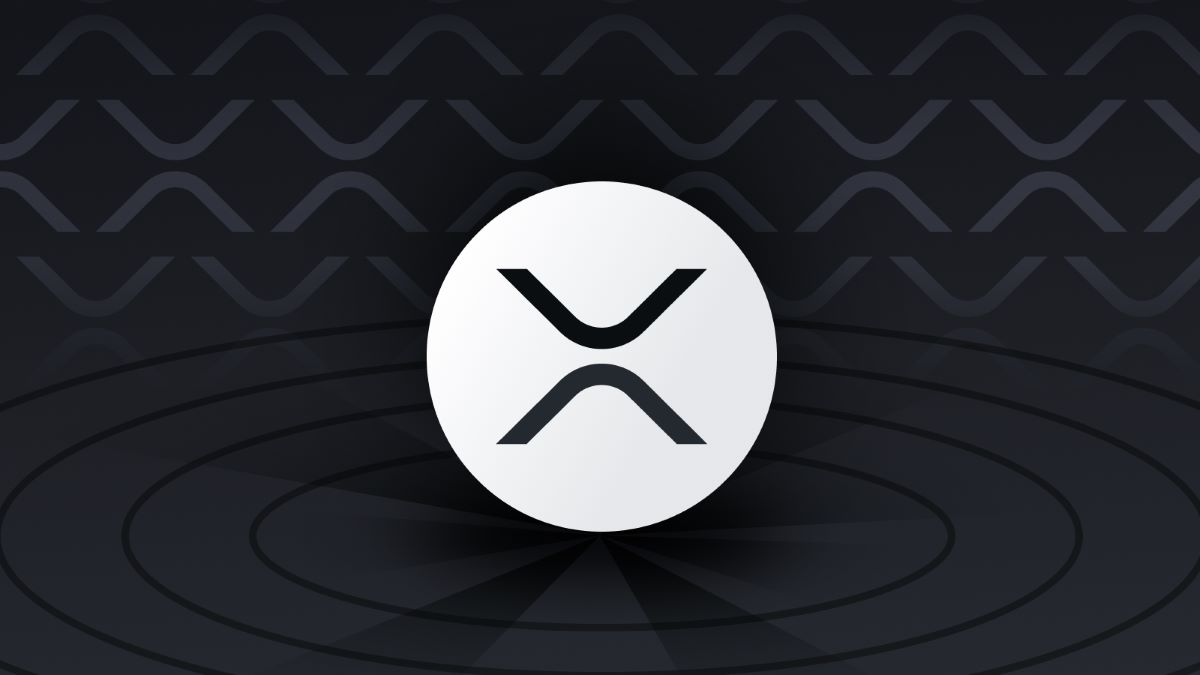XRP Ledger V2.4.0 with updates and new functions as well as corrections published

- Ripple has just published version 2.4.0 of the XRP Ledger, which contains a variety of new functions, performance improvements and error corrections to improve the efficiency and functionality of the network.
- One of the most important updates is the introduction of dynamic NFTS, which enables NFT emitters to update the uniform resource identifier after the embossing of NFTs.
The XRP Ledger (XRPL), the decentralized layer 1 blockchain, the XRP, one of the largest and oldest crypto assets, drives up Version 2.4.0 introduced contains a number of new functions and error corrections to improve security, compliance and general network performance.
One of the most important highlights of this version is the introduction of several changes that are now to vote. As part of the XRPL Government Model, a change in two consecutive weeks must receive at least 80 % approval of validists before it can be activated. This process ensures that changes from the network are broadly supported before they are implemented to maintain the decentralization and integrity of the XRPL ecosystem.
The changes in XRPL V2.4.0
One of the most important changes is the introduction of dynamic NFTS (DNFTS), which enable NFT emitters to update the URI (uniform resource identifier) of a NFTKON after the embossing. Traditionally, the metadata of an NFT, as soon as it was created on XRPL, were permanently determined. However, the associated URI can be changed with Dynamicnft, which makes NFTs more flexible and more adaptable.
In addition, the change in the pipe gives the token issuer the opportunity to permanently freeze trust and thus prevent the transfer of assets for those affected by this block. In contrast to temporary freezing mechanisms, Deepfreeeze enables the issuer to take long -term measures against suspicious or non -conforming accounts. This function is particularly useful for compliance with regulations, fraud prevention and risk management.
The change of fixed invalidtx flags improves the transaction validation of XRPL by the introduction of strictly tests for flags that are used in credentialscreate, credentialaccept and credit transactions. These transactions play a crucial role in Identity and Authentication systemFrom XRPLsince you ensure safe and reliable management of proof of authorization. The enforcement of the correct use of flags prevents invalid transactions, reduces errors and strengthened network security, which ultimately improves the integrity of the XRPL transaction processing system.
The improvements in the areas of security and governance remain an important focus in the update XRPL V2.4.0. The validator Now have the option of demanding a minimum number of ill-publisher who have to agree to a validator before you trust him. This strengthens decentralization and security and ensures that no individual INF-INFORMER can determine trustworthy validers alone.
In addition, the XRPL Foundation’s Illegal keys were updated as part of the ongoing changeover of the administration. In order to support migration without changing the key to the current FIL list, a new XRPL Foundation subdomain was introduced, which ensures a smooth and safe transition process.
Further improvements include supporting multi-purpose tokens (MPTS) in transaction asset definitions that offer more flexibility for token-based applications. The Ledger API has been updated and now contains status aliasing for ripple status and improved filtering of LEDGER entries.
Troubleshooting and increasing performance
A fixed was implemented that dissolves overlapping data types in the expected class and thus prevents potential conflicts that could lead to errors in execution. In addition, a problem was fixed that prevented Rippled from being created under Windows with Visual Studio 2022 (VS2022). As a result, the Windows compatibility was restored and the compilation and execution of rippled on Windows-based systems for developers facilitates.
In addition, the prefixes for server definitions were corrected to The proper functionality In the entire XRPL system to ensure . Another problem was identified and resolved, in which the transmission of the Connect Admin RPC triggered a failed assertion under certain conditions. In addition, the Assert-Name used in permissioned domaei crew was corrected, which improved the accuracy and consistency of operations with permissions for domains.
The update ensures more smooth development, testing and operation of the XRPL network by fixing data type conflicts, platform-specific problems, assertion errors and inefficiencies in the build process.







No Comments